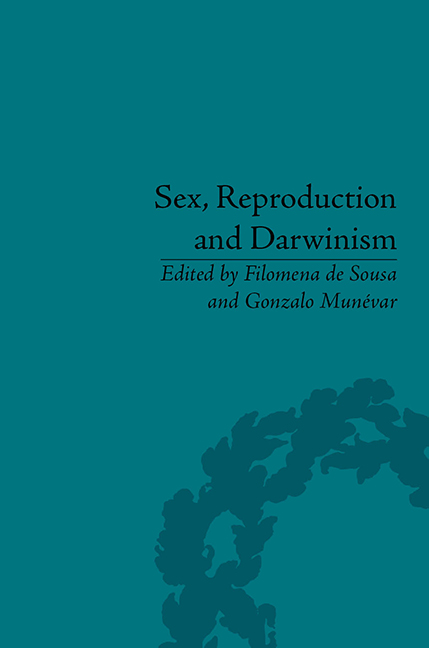Book contents
- Frontmatter
- CONTENTS
- Acknowledgements
- List of Contributors
- List of Figures and Tables
- Introduction
- Part I Reproduction, Mortality and Evolution
- Part II Reproduction without Sex?
- 3 The Genomic Consequences of Asexual Reproduction
- 4 Evolution and Illusion
- Part III Sex without Reproduction?
- Part IV Sexual Selection and Morality
- Part V Sex, Reproduction and Evolutionary Psychology
- Part VI Eugenics from Natural to Social Selection
- Notes
- Index
3 - The Genomic Consequences of Asexual Reproduction
from Part II - Reproduction without Sex?
- Frontmatter
- CONTENTS
- Acknowledgements
- List of Contributors
- List of Figures and Tables
- Introduction
- Part I Reproduction, Mortality and Evolution
- Part II Reproduction without Sex?
- 3 The Genomic Consequences of Asexual Reproduction
- 4 Evolution and Illusion
- Part III Sex without Reproduction?
- Part IV Sexual Selection and Morality
- Part V Sex, Reproduction and Evolutionary Psychology
- Part VI Eugenics from Natural to Social Selection
- Notes
- Index
Summary
Introduction
Sexual reproduction originated about two billion years ago, together with the first multicellular organisms. Sex was maintained over evolutionary time and now the overwhelming majority of eukaryotes reproduce sexually. By contrast, asexual taxa are scattered among the tips of the evolutionary tree of life and are prone to early extinction. This pattern has puzzled evolutionary biologists for decades.
All else being equal, an asexual population consisting only of females should grow in size at twice the rate of a sexual population (the so-called ‘twofold cost of sex’ see Figure 3.1). Given this huge advantage, a sexuals would be expected to quickly outcompete their sexual counterparts. Indeed, there is evidence that this can happen on a local scale. For example, Lake Naivasha in Africa used to be populated by a sexual population of Daphnia waterfleas. In 1920, a single asexual waterflea lineage was introduced into the lake. Sixty years later the asexuals had completely replaced the sexual population. Today, all waterfleas in the lake belong to the same clone and genetic diversity has dropped to zero.
Despite this short-term advantage of rapid population growth, asexual reproduction appears to be an evolutionary dead end. In this chapter, we briefly review the processes that can explain these patterns and present some recent evidence that support these. This is intended as a general discussion only. For a more detailed overview of the various hypotheses see G. Bell and I. Schön et al.
- Type
- Chapter
- Information
- Sex, Reproduction and Darwinism , pp. 49 - 60Publisher: Pickering & ChattoFirst published in: 2014



